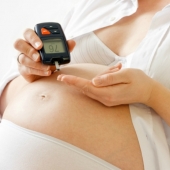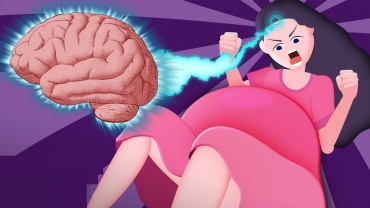More than 1 million children a year are involved in an accident in the home. Most aren't serious, but it's sensible to make sure your first aid box contains the essentials.
One of the best ways that new parents, grandparents, and babysitters can prepare for the unexpected is to take classes in first aid and infant cardiopulmonary resuscitation (CPR).
CPR stands for cardiopulmonary resuscitation. CPR is an emergency procedure that involves chest compressions and rescue breaths (mouth-to-mouth resuscitation).
When given properly, CPR can help deliver oxygen to the heart, brain and other organs until help arrives or until your baby recovers. Causes of cardiac arrest in babies are usually a result of a major injury or illness and rarely from underlying heart disease.
Knowing what to do in the event of an emergency will help you remain calm, think quickly, and take action with confidence so that you can help your child. Here's how to handle some of the most common injuries and emergencies that affect children under a year of age.
About video: Bought to you by Target & Bounty, this segment features St John Ambulance personnel, guiding viewers on CPR and other first aid issues that you might encounter with a new baby.
- 7 views













